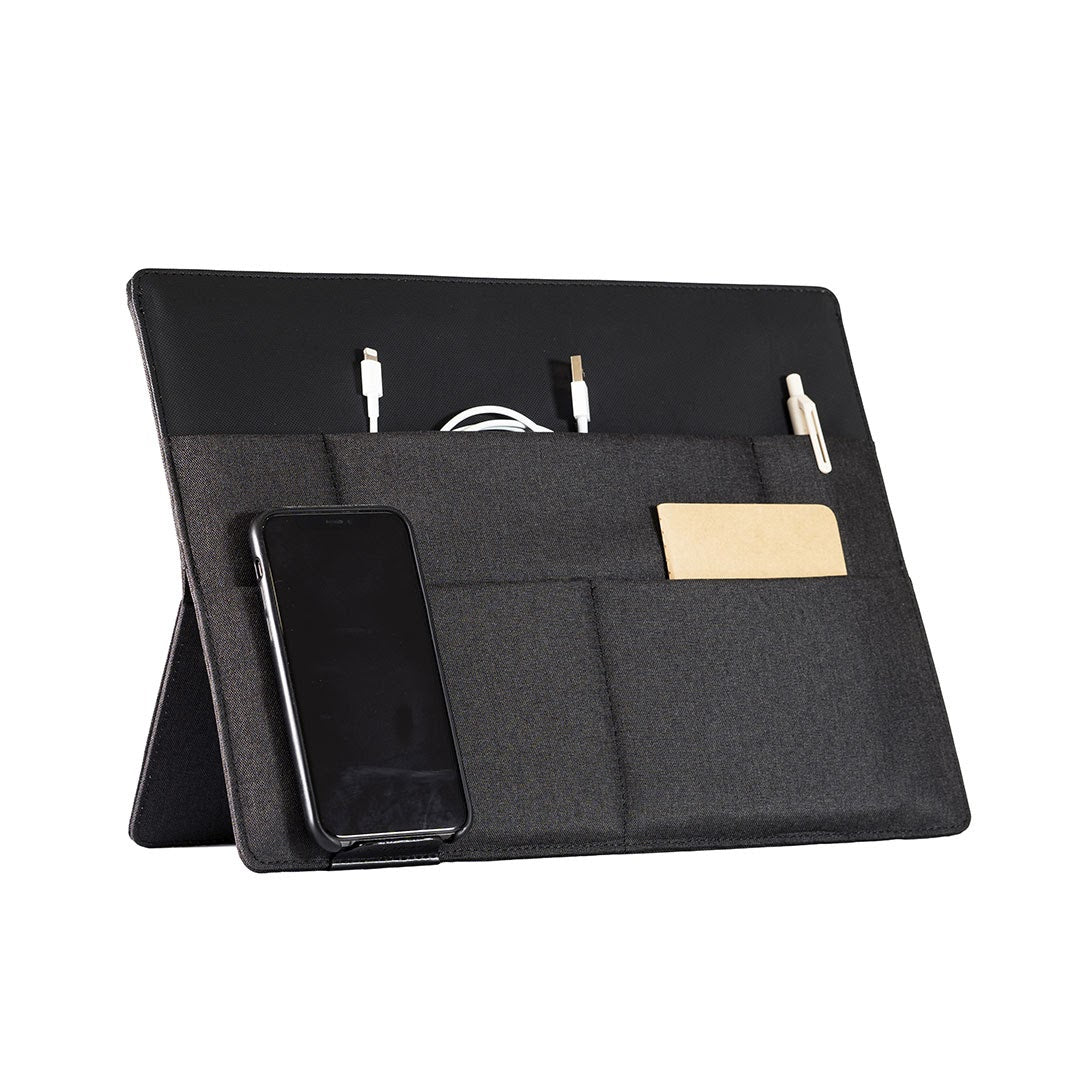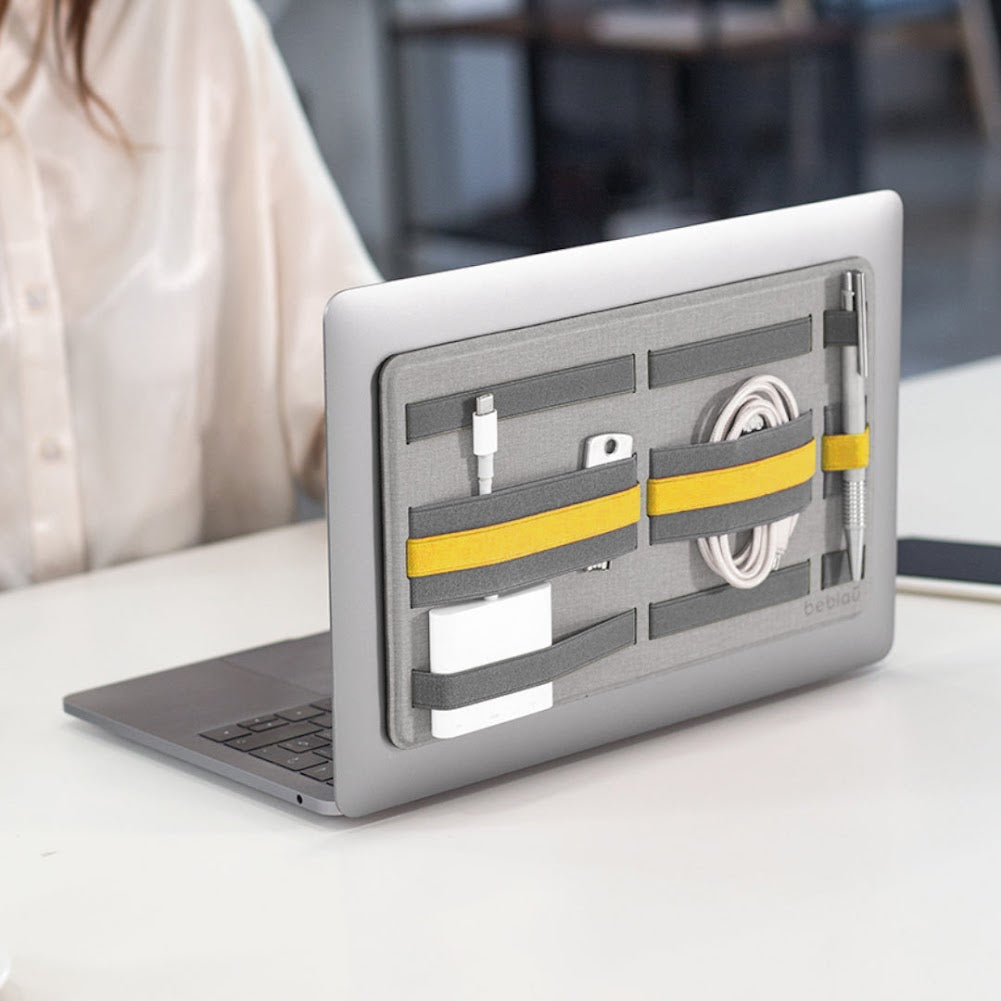
How to Creating a Remote Work Routine
Working remotely has become increasingly popular in recent years, and it offers numerous benefits such as increased flexibility, improved work-life balance, and reduced commute stress. However, creating a successful remote work routine requires careful planning and self-discipline.
In this article, we will explore effective strategies for establishing a productive remote work routine and overcoming common challenges that may arise.
The Benefits of Remote Work
Increased Flexibility
One of the primary advantages of remote work is the flexibility it provides. Unlike traditional office settings, remote work allows individuals to choose when and where they work. This flexibility enables employees to optimize their productivity by aligning their work schedules with their personal preferences and peak performance times.
Improved Work-Life Balance
Remote work empowers individuals to achieve a better work-life balance. By eliminating the need for a daily commute, remote workers can save valuable time and allocate it to personal activities, hobbies, or spending quality time with loved ones. This newfound balance contributes to increased job satisfaction and overall well-being.
Reduced Commute Stress
The daily commute to and from the office can be incredibly stressful. Remote work eliminates this source of stress, enabling employees to start their day without the hassle of traffic or crowded public transportation. As a result, remote workers often experience reduced stress levels, leading to improved focus and productivity.
Establishing a Remote Work Routine
Designate a Dedicated Workspace
Creating a designated workspace is essential for remote workers. It's crucial to establish a physical area solely dedicated to work-related activities. This space should be comfortable, well-organized, and free from distractions. Having a designated workspace helps signal the brain that it's time to focus and enhances productivity.
Set Clear Boundaries
When working remotely, it's essential to set clear boundaries between work and personal life. Communicate with family members or roommates about your work schedule and establish specific times when interruptions should be minimized. By setting boundaries, you can ensure uninterrupted work time and maintain a healthy work-life balance.
Create a Schedule
Creating a structured schedule is key to maintaining productivity while working remotely. Plan your workdays by outlining tasks, setting deadlines, and prioritizing important activities. A well-organized schedule helps maintain focus and ensures that all necessary work is completed in a timely manner.
Prioritize Self-Care
In a remote work environment, it's crucial to prioritize self-care. Take breaks regularly, engage in physical activity, and practice mindfulness techniques to reduce stress and maintain well-being. Self-care activities replenish energy levels and enhance productivity throughout the workday.
Staying Motivated and Productive
Define Goals and Objectives
Setting clear goals and objectives is vital for staying motivated while working remotely. By defining specific targets, you can track your progress and celebrate achievements. Break larger projects into smaller, manageable tasks to maintain focus and motivation throughout the work process.
Avoid Procrastination
Procrastination can be a significant hurdle when working remotely. Combat this by implementing effective time management techniques, such as the Pomodoro Technique, which involves working for short, focused periods followed by brief breaks. Additionally, eliminate potential distractions by turning off notifications and creating a conducive work environment.
Take Regular Breaks
Taking regular breaks is essential for maintaining productivity. Engage in activities that provide mental and physical rejuvenation, such as stretching exercises, short walks, or meditation. By incorporating breaks into your work routine, you can prevent burnout and enhance overall productivity.
Stay Connected with Colleagues
Maintaining regular communication with colleagues is crucial for staying motivated and avoiding feelings of isolation. Utilize collaboration tools and schedule virtual meetings to foster teamwork and exchange ideas. Engaging with colleagues also provides opportunities for networking and professional growth.
Overcoming Challenges of Remote Work
Dealing with Distractions
Remote work environments can present various distractions, such as household chores, family members, or social media. To overcome these distractions, practice discipline and establish a routine that minimizes potential interruptions. Communicate with others in your household about your work hours to ensure a conducive work environment.
Managing Loneliness
Working remotely can sometimes lead to feelings of isolation or loneliness. To combat this, actively seek out opportunities for social interaction, both within and outside of work hours. Participate in virtual team-building activities, join professional communities, or consider coworking spaces to foster a sense of belonging and camaraderie.
Maintaining Work-Life Balance
While remote work offers the advantage of flexibility, it can also blur the boundaries between work and personal life. To maintain a healthy work-life balance, establish a clear separation between work and leisure time. Set specific working hours, avoid overworking, and dedicate time to activities that promote relaxation and personal fulfillment.
Creating a remote work routine is crucial for maximizing productivity and well-being. By designating a dedicated workspace, setting clear boundaries, creating a schedule, and prioritizing self-care, individuals can establish an effective routine that enhances focus and work-life balance. Additionally, staying motivated, connected with colleagues, and overcoming challenges such as distractions and loneliness are key to thriving in a remote work environment.





















Leave a comment
This site is protected by hCaptcha and the hCaptcha Privacy Policy and Terms of Service apply.